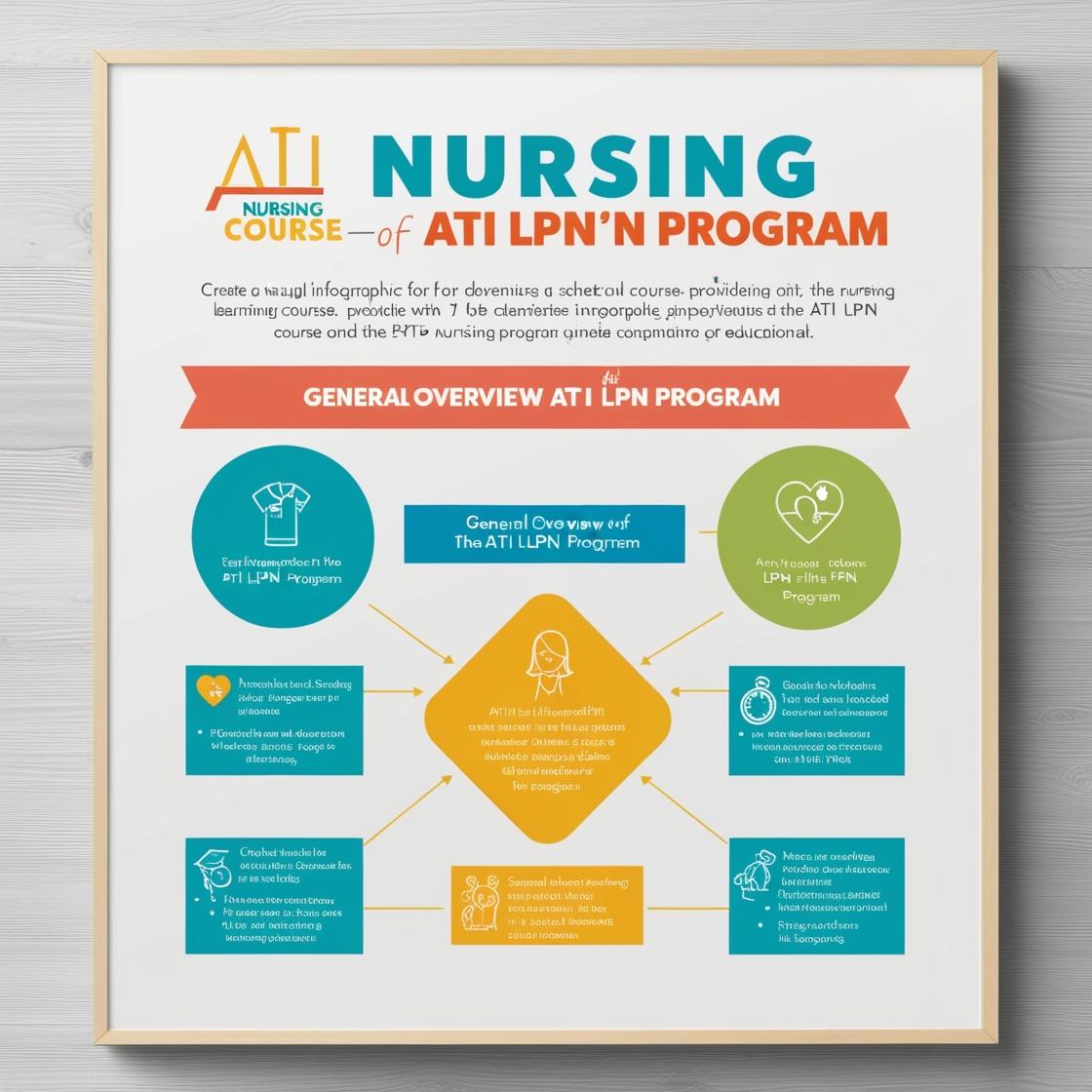LPN LPN
ATI Comprehensive Predictor PN
1. When reviewing the medical record of a client with dementia, what should the nurse prioritize addressing?
- A. Mild confusion in the morning
- B. Restlessness and agitation
- C. Incontinence
- D. Frequent wandering at night
Correct answer: B
Rationale: When caring for clients with dementia, addressing restlessness and agitation is a priority as it can lead to distress, safety risks, and potential harm to the client or others. Restlessness and agitation are common behavioral symptoms of dementia and can indicate unmet needs, discomfort, or confusion. Managing these symptoms promptly can help improve the client's quality of life and prevent complications such as falls, injuries, or escalation of challenging behaviors. While other issues like mild confusion, incontinence, and wandering are also important to address, managing restlessness and agitation takes precedence due to its immediate impact on the client's well-being and safety.
2. What is the most important step when preparing to administer a blood transfusion?
- A. Check if the client has a fever
- B. Ensure the blood type is compatible with the client
- C. Administer the blood via IV push
- D. Ensure the blood is warmed to body temperature
Correct answer: B
Rationale: The correct answer is B: Ensure the blood type is compatible with the client. This is the most crucial step in preparing for a blood transfusion to prevent severe transfusion reactions. Checking the client for a fever (Choice A) is important but not the most critical step. Administering blood via IV push (Choice C) is incorrect as blood transfusions are usually administered as a slow drip. Warming the blood to body temperature (Choice D) is not a standard practice and can lead to hemolysis, making it an incorrect choice.
3. A nurse is caring for a client who has coronary artery disease (CAD) and is receiving aspirin therapy. Which of the following findings should the nurse report to the provider?
- A. History of gastrointestinal bleeding
- B. Prothrombin time of 12 seconds
- C. Platelet count of 180,000/mm³
- D. Creatinine level of 1.0 mg/dL
Correct answer: A
Rationale: The correct answer is A: History of gastrointestinal bleeding. Aspirin therapy is contraindicated in clients with a history of gastrointestinal bleeding because aspirin can further increase the risk of bleeding. Option B, prothrombin time of 12 seconds, is within the normal range and does not indicate a concern related to aspirin therapy. Option C, platelet count of 180,000/mm³, is also within the normal range and does not suggest a need for reporting to the provider in the context of aspirin therapy. Option D, creatinine level of 1.0 mg/dL, is within the normal range and is not directly related to aspirin therapy in this scenario.
4. Which of the following is the best strategy for managing dehydration in a client?
- A. Encourage the client to drink more water
- B. Monitor fluid and electrolyte levels frequently
- C. Administer oral rehydration solutions
- D. Increase the IV fluid rate
Correct answer: B
Rationale: The best strategy for managing dehydration in a client is to monitor fluid and electrolyte levels frequently. This allows healthcare providers to assess the client's hydration status accurately and make informed decisions regarding treatment. Encouraging the client to drink more water (Choice A) may not be sufficient if the dehydration is severe and requires specific interventions. Administering oral rehydration solutions (Choice C) can be beneficial but should be guided by monitoring the client's condition. Increasing the IV fluid rate (Choice D) may be necessary in certain cases, but it is not always the initial or best approach, as monitoring is crucial to avoid fluid and electrolyte imbalances.
5. A client scheduled to begin chemotherapy is discussing alopecia with a nurse. Which of the following statements should the nurse make?
- A. Avoid washing your hair during treatment
- B. Your oncologist might prescribe a cold cap during treatment to reduce hair loss
- C. You'll need to apply sunscreen to the scalp
- D. You'll likely experience regrowth of hair within 6 months after treatment ends
Correct answer: B
Rationale: The correct answer is B. The nurse should inform the client that their oncologist might prescribe a cold cap during treatment to reduce chemotherapy-induced hair loss by cooling the scalp. Choice A is incorrect as washing the hair during treatment is generally recommended. Choice C is incorrect as sunscreen is not typically needed for the scalp in this context. Choice D is incorrect as regrowth of hair can vary among individuals and is not guaranteed within a specific timeframe.
Similar Questions

Access More Features
ATI LPN Basic
$69.99/ 30 days
- 50,000 Questions with answers
- All ATI courses Coverage
- 30 days access @ $69.99
ATI LPN Premium
$149.99/ 90 days
- 50,000 Questions with answers
- All ATI courses Coverage
- 30 days access @ $149.99
